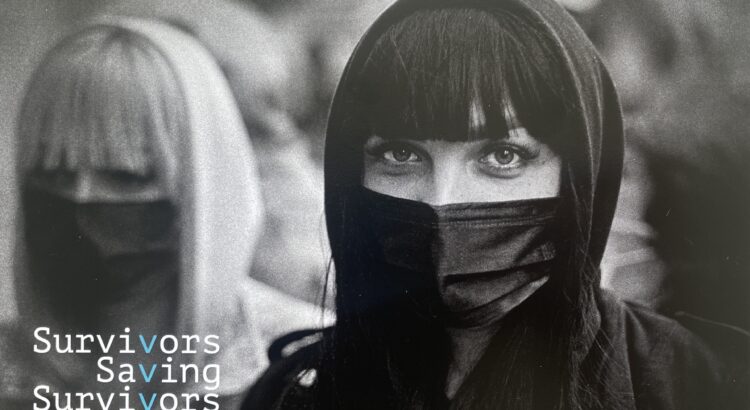Chuck Fishman’s recent exhibition of work, titled Survivors Saving Survivors: Photographing the Ukrainian Refugee Experience in Poland, is a portrait of love and not war. Fishman is incredibly talented at capturing this; his portfolio is full of waving public figures and energetic jazz musicians, exposing the subtle attitudes and tender moments behind distinct lifestyles rather than the suffering that plagues so much of the world. His work has been featured on the cover of many magazines like Time and Life, earning him a reputation as a recognizable and exceptional photographer.
This series of photographs was taken in mid-2022 in Poland, particularly in and around the JCC Krakow— the Jewish Community Center of Krakow in Poland, which provided endless support and resources to the influx of Ukrainians in the city— food, dinners, events, beds, et cetera. Because there was no wall reading to introduce the context of the exhibition, I gathered information about JCC Krakow’s central role in this crisis by reading the plaques beside the pictures. That is how I pieced together the meaning of Survivors Saving Survivors— Fishman is referencing the historical suffering of the Jewish community in Poland and their empathetic support for another group in crisis.
The portraits themselves weren’t very telling about the context of the situation, but they are intricately emotional; one image shows a mother with a tired expression gently comforting her children while they wait their turn outside the JCC distribution center, and another depicts heartwarming smiles between Ukrainians at a community dinner. Each moment is tender, disconnected from the chaos, but still subtly pulled by it— children playing joyfully in a too-empty playground and smiles dampened by a dissociative gaze. Every image frozen in time, although captured in an age of war and instability, represents the indomitability of the human spirit. Chuck Fishman doesn’t attempt to draw distinct lines between the Jewish and Ukrainian communities but rather depicts them as one entity in mutual solidarity— existing together through a shared experience and drive to repair.
The gallery space itself is small, just a single room with art on all 4 walls. It was manageable, though, allowing me to linger on each image longer rather than feeling rushed through it, especially taking in the differences between the photographs. All subjects were different, and locations were different too, meaning the context of one image didn’t necessarily carry over into another. This complex and human-focused approach to photojournalism is refreshing because it does not paint survivors of war as mere subjects of pity— instead, they are multi-faceted, ordinary people, attempting to build some semblance of normal life under strange circumstances. Strange is what Fishman seems to be getting at, yet in a more optimistic than pessimistic way. It is strange, he seems to be saying, that people will persist through anything, and especially persist with each other. It’s a beautiful strangeness.
The exhibition is running through the end of April! It is showing on the fifth floor of Weiser Hall in room 547. It’s right next to the Central Campus Transit Center, free, and open to the public, so make sure to stop by and see some talented work before the end of the semester!




